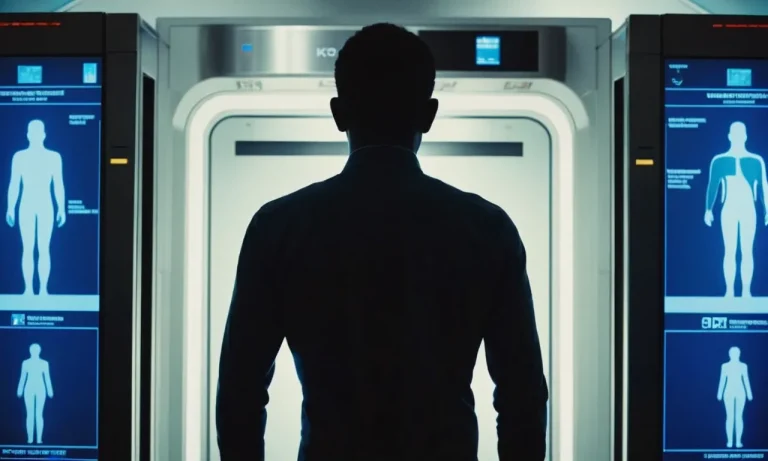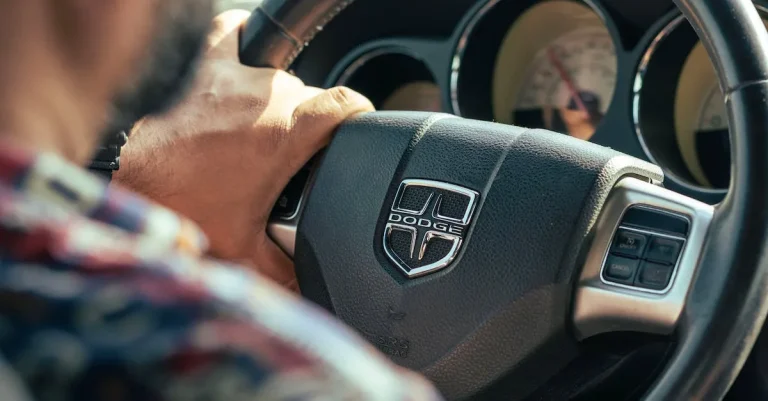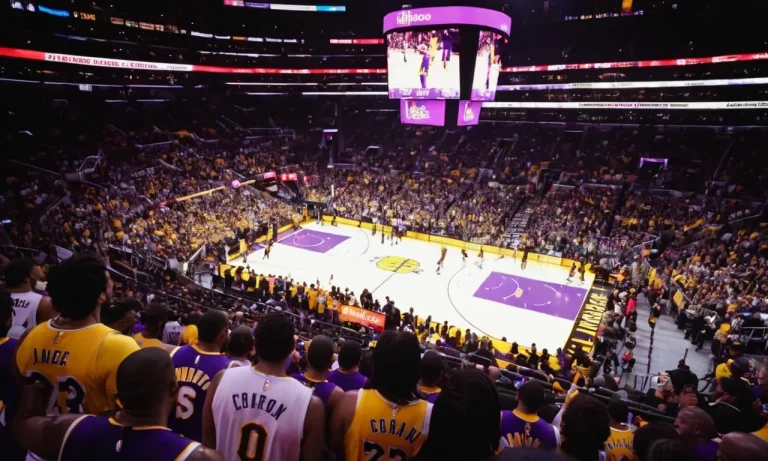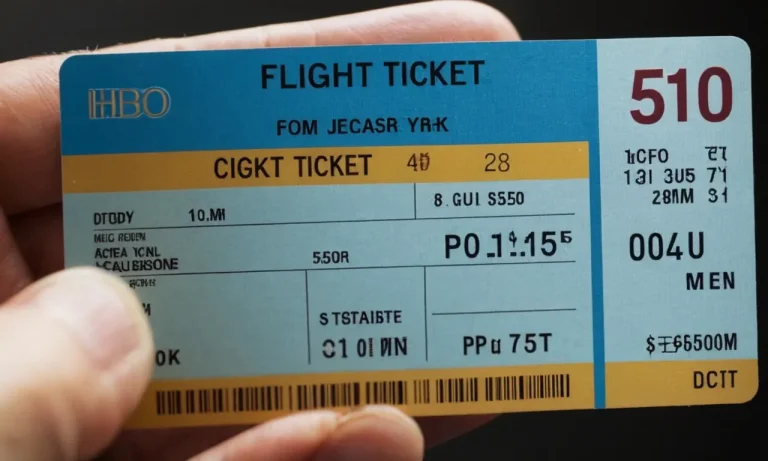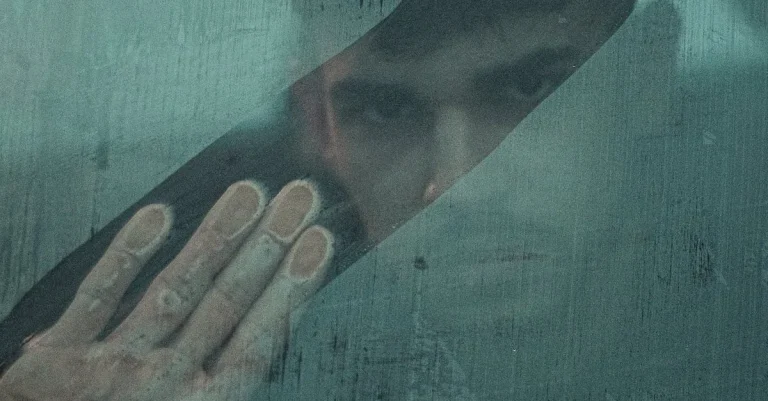Taking photos while traveling can capture priceless memories, but figuring out if you can bring your camera gear on a plane can be confusing.
If you’re wondering whether you can pack your DSLR, point-and-shoot, or other photography equipment in your carry-on or checked bags, you’ve come to the right place.
The quick answer is: yes, you can bring your camera on a plane in most cases. Consumer-grade cameras like DSLRs, mirrorless cameras, point-and-shoots, and phone cameras are allowed in carry-on bags on most major airlines.
There are some restrictions regarding size and batteries, which we’ll cover in detail below.
In this comprehensive guide, we’ll give you a rundown of the TSA and airline rules on bringing cameras and accessories like lenses, tripods, and drones on flights.
We’ll go over what photography gear is allowed in carry-on vs. checked luggage, plus tips for safely packing your camera equipment.
TSA Regulations on Cameras
When it comes to air travel, knowing the rules and regulations regarding what you can and cannot bring on a plane is essential.
This is especially true when it comes to cameras, as many travelers want to capture their adventures and memories.
The Transportation Security Administration (TSA) has specific guidelines that govern the transportation of cameras on planes.
Carry-On Rules for Cameras
If you’re wondering whether you can bring your camera as a carry-on item, the answer is yes. Cameras are generally allowed in carry-on bags, and they do not count towards your carry-on baggage limit.
However, it is important to note that the TSA may ask you to remove your camera from its bag during the security screening process.
Additionally, larger camera equipment, such as tripods or camera bags with excessive weight, may need to be screened separately.
Pro Tip: To ensure a smooth security screening process, it’s a good idea to pack your camera in an easily accessible part of your carry-on bag. This way, you can quickly and efficiently remove it when requested by the TSA.
Checked Bag Rules for Cameras
If you prefer to check your camera rather than carry it on, you can do so. Cameras are allowed in checked baggage, but it’s important to take certain precautions to protect your equipment.
It is recommended to pack your camera in a sturdy, padded case to prevent any damage during handling.
Additionally, it’s advisable to remove any batteries and memory cards from the camera and pack them separately to avoid any potential issues with electronic devices in checked luggage.
Pro Tip: If you are concerned about the safety of your camera in checked baggage, consider purchasing a separate insurance policy that covers your camera equipment.
This way, you can have peace of mind knowing that your gear is protected in case of loss, theft, or damage.
Airline Restrictions on Camera Equipment
When it comes to traveling with camera equipment, it is important to be aware of the rules and regulations set by airlines.
Different airlines may have varying policies regarding the size, weight, and carry-on restrictions for camera gear.
Understanding these restrictions can help ensure a smooth and hassle-free journey for photographers.
Common Airline Rules on Cameras
Here are some common rules regarding camera equipment:
- Size and weight restrictions: Airlines often have size and weight limitations for carry-on bags. Cameras and camera equipment should typically fit within these restrictions. It is important to check with the specific airline’s guidelines for exact measurements and weight limits.
- Security screening: Cameras are subject to security screening at airports. Passengers may be required to remove camera equipment from their bags and send them through the X-ray machines separately. This is done to ensure the safety and security of all passengers.
- Battery restrictions: Lithium-ion camera batteries are usually allowed in carry-on bags, but spare batteries must be packed in your carry-on luggage and not in checked bags. It is always a good idea to carry spare batteries in a battery organizer or their original packaging to avoid any issues during security checks.
- Drone regulations: If you plan to bring a drone with you, it is important to check the specific regulations and restrictions imposed by both the airline and the destination country. Some airlines may have specific rules regarding the transportation of drones.
It is worth noting that these rules can vary between airlines and even between different countries.
Therefore, it is essential to check with the airline or visit their official website for the most up-to-date information regarding camera equipment restrictions.
Packing Tips for Camera Gear
When traveling with your camera gear, it’s important to take proper precautions to ensure its safety. Here are some valuable packing tips to consider:
Protecting Your Gear
Cameras and lenses are delicate and can easily be damaged during transit.
To protect your gear, consider using a sturdy camera bag or backpack with padded compartments. This will help cushion your equipment from any accidental bumps or drops.
Additionally, it’s a good idea to invest in protective accessories such as lens covers, camera body caps, and lens hoods. These simple but effective items can help prevent scratches and keep your gear in optimal condition.
Choosing Carry-On vs. Checked Luggage
When deciding whether to bring your camera gear as carry-on or checked luggage, it’s generally recommended to keep it with you in your carry-on.
This way, you have better control over the handling of your equipment and can ensure it stays safe throughout the journey.
However, it’s important to check the airline’s regulations regarding carry-on items. Some airlines may have specific size and weight restrictions, so be sure to familiarize yourself with these guidelines before packing your camera gear.
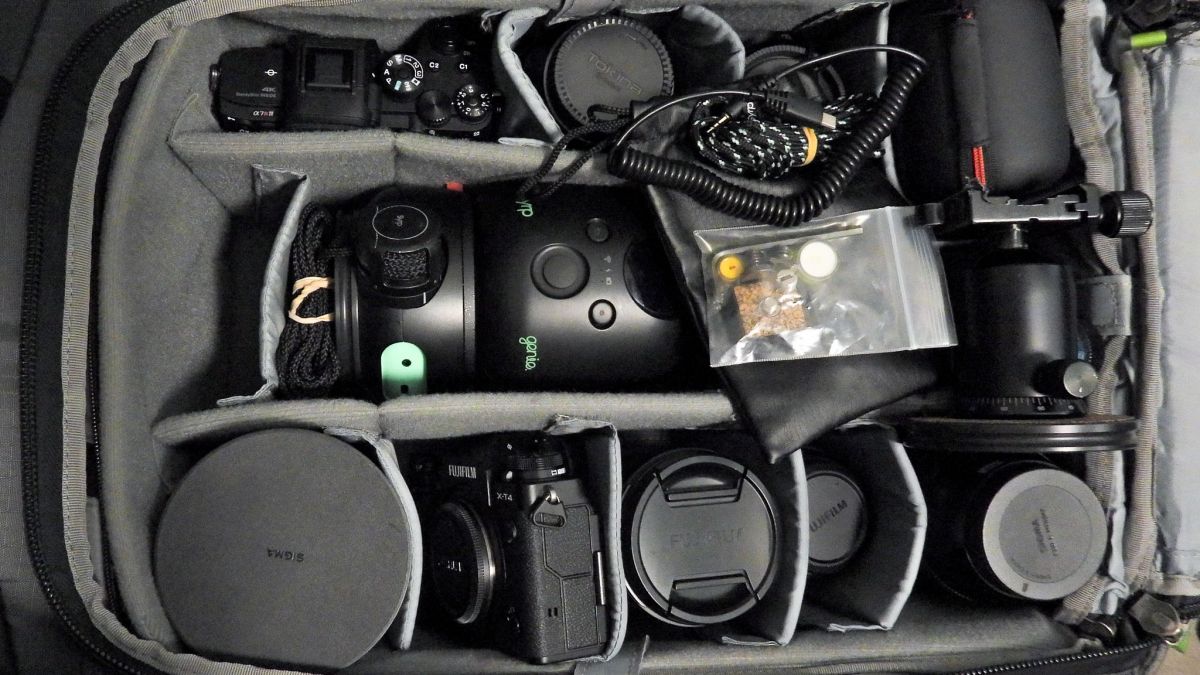
Camera Accessories to Pack
In addition to your camera body and lenses, there are a few other accessories you should consider packing:
- Batteries and Chargers: Make sure to bring extra batteries and chargers, especially if you’ll be shooting for extended periods of time. It’s also a good idea to carry them in your carry-on luggage, as lithium batteries are generally not allowed in checked baggage.
- Memory Cards: Bring a sufficient number of memory cards to accommodate your shooting needs. It’s always better to have more than you think you’ll need, as running out of storage space can be frustrating.
- Cleaning Kit: Dust and dirt can easily accumulate on your camera gear, so pack a cleaning kit that includes a blower brush, lens cleaning solution, and microfiber cloths to keep your equipment spotless.
- Tripod: If you plan on shooting in low light conditions or capturing long exposure shots, a tripod can be a valuable accessory to have. Consider bringing a lightweight and compact tripod that fits easily in your luggage.
Remember, always double-check the specific rules and regulations of the airline you’ll be flying with to ensure a smooth and hassle-free travel experience with your camera gear. Happy shooting!
Special Cases: Drones, Film Cameras, Lenses
Rules for Flying with Drones
If you’re planning to bring a drone on a plane, there are a few important rules and regulations to be aware of.
The Federal Aviation Administration (FAA) has specific guidelines in place to ensure the safe and responsible use of drones during air travel.
Additionally, it’s essential to understand the size and weight restrictions imposed by the airline and the FAA.
Drones that exceed a certain weight may require special permits or additional documentation.
Finally, be sure to familiarize yourself with the FAA’s guidelines for flying drones, such as maintaining a safe distance from airports and not flying over crowds or restricted airspace.
Film Camera Considerations
Bringing a film camera on a plane is generally allowed, but there are a few factors to consider. Firstly, film cameras are not subject to the same restrictions as digital cameras when it comes to battery limitations.
However, it’s important to be cautious when packing film, as X-ray scanners at airport security can potentially damage undeveloped film.
To avoid this, request a hand inspection of your film at the security checkpoint.
Additionally, it’s recommended to carry film in your carry-on luggage, as checked baggage may be subjected to more intense screening processes.
Overall, as long as you follow these precautions, you should have no issues bringing your film camera on a plane.
Can You Bring Camera Lenses?
Yes, camera lenses are generally allowed on planes. However, it’s important to pack them securely to prevent any damage during transit.
The best practice is to carry lenses in your carry-on luggage rather than checking them in. This way, you can keep them close and ensure their safety.
Additionally, it’s advisable to place each lens in a protective case or wrap them in soft padding to prevent scratches or other damage.
Remember to also check the airline’s size and weight restrictions to ensure your camera lenses comply with their guidelines.
By taking these precautions, you can confidently bring your camera lenses on a plane and capture amazing photos during your journey.
Conclusion
We hope this guide gives you a better understanding of TSA and airline policies regarding bringing your camera equipment on flights.
While the rules may seem complex, in most cases you shouldn’t have issues taking your DSLR, mirrorless, point-and-shoot, phone or other standard consumer camera in your carry-on bag.
By taking a few precautions like packing camera gear properly, researching airline-specific policies, and allowing extra time at airport security, you can travel at ease with your photography equipment. Safe travels and happy shooting!


